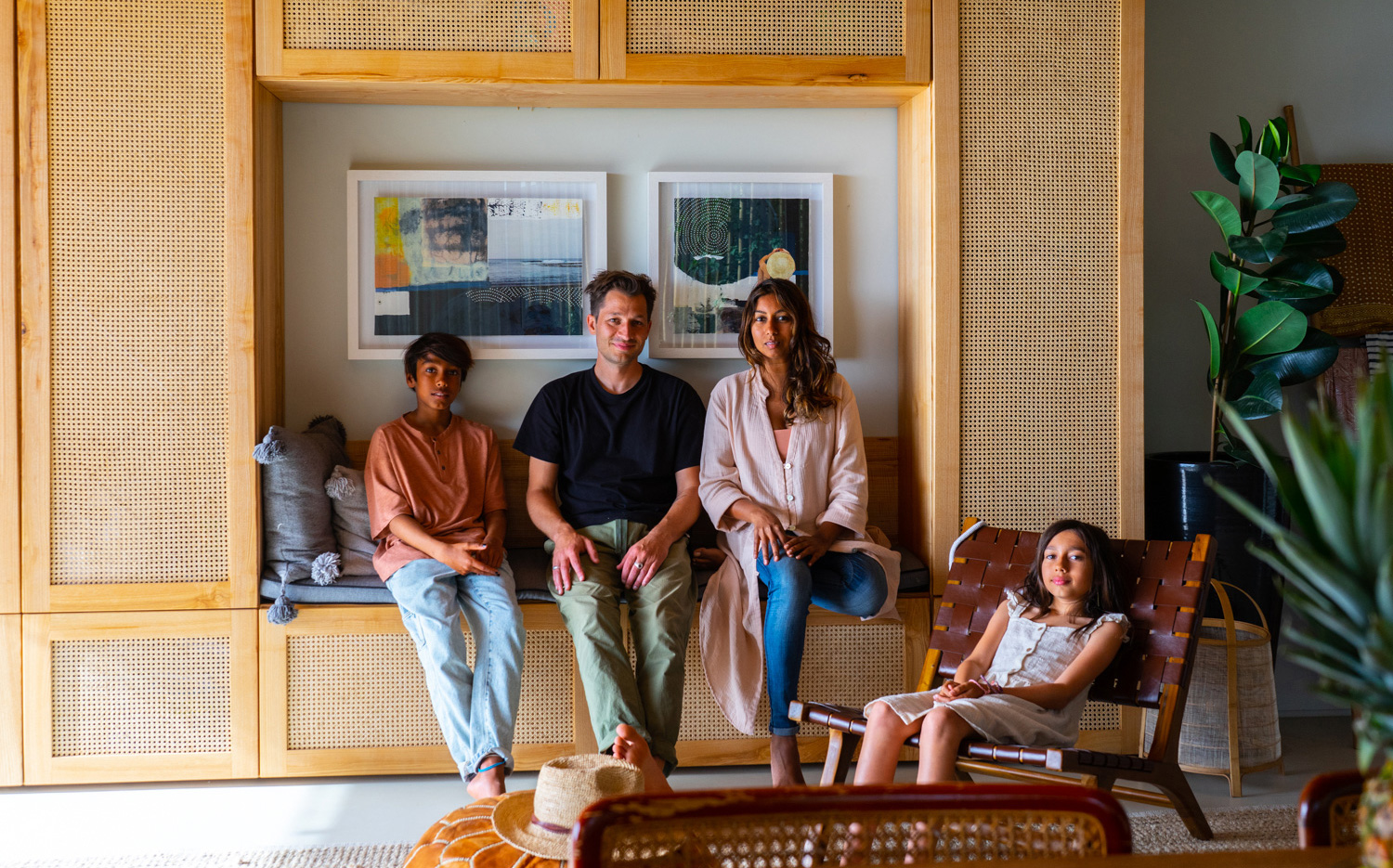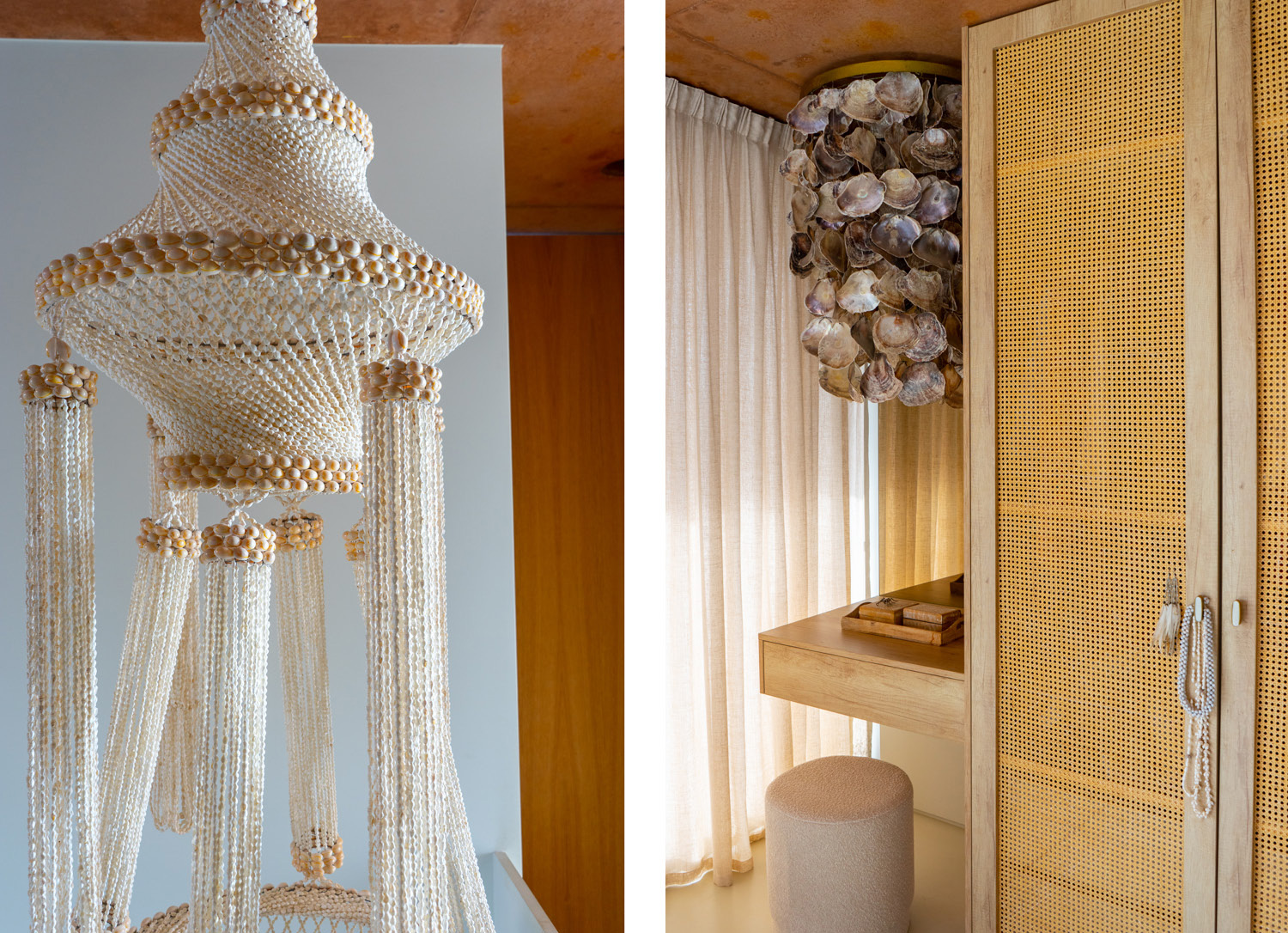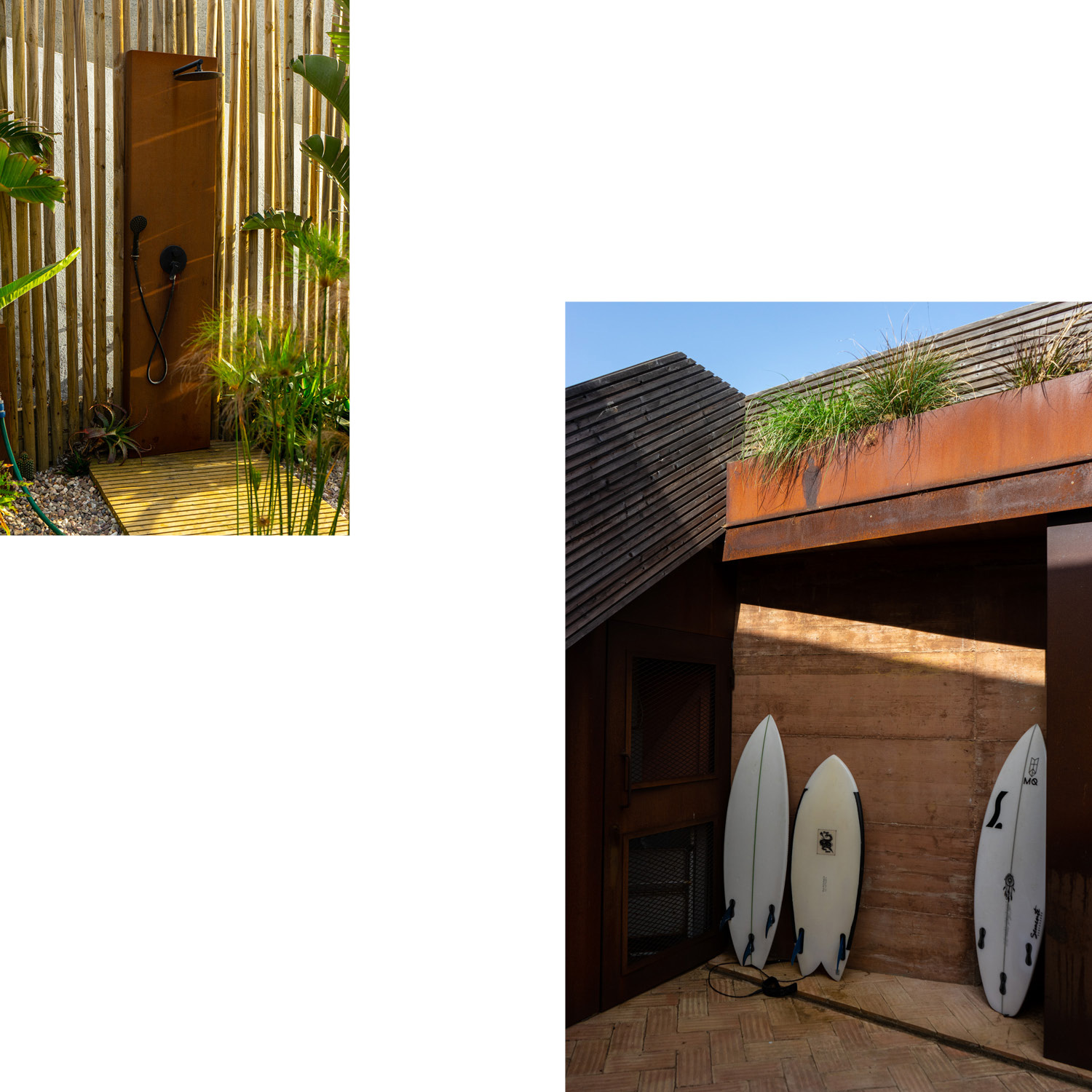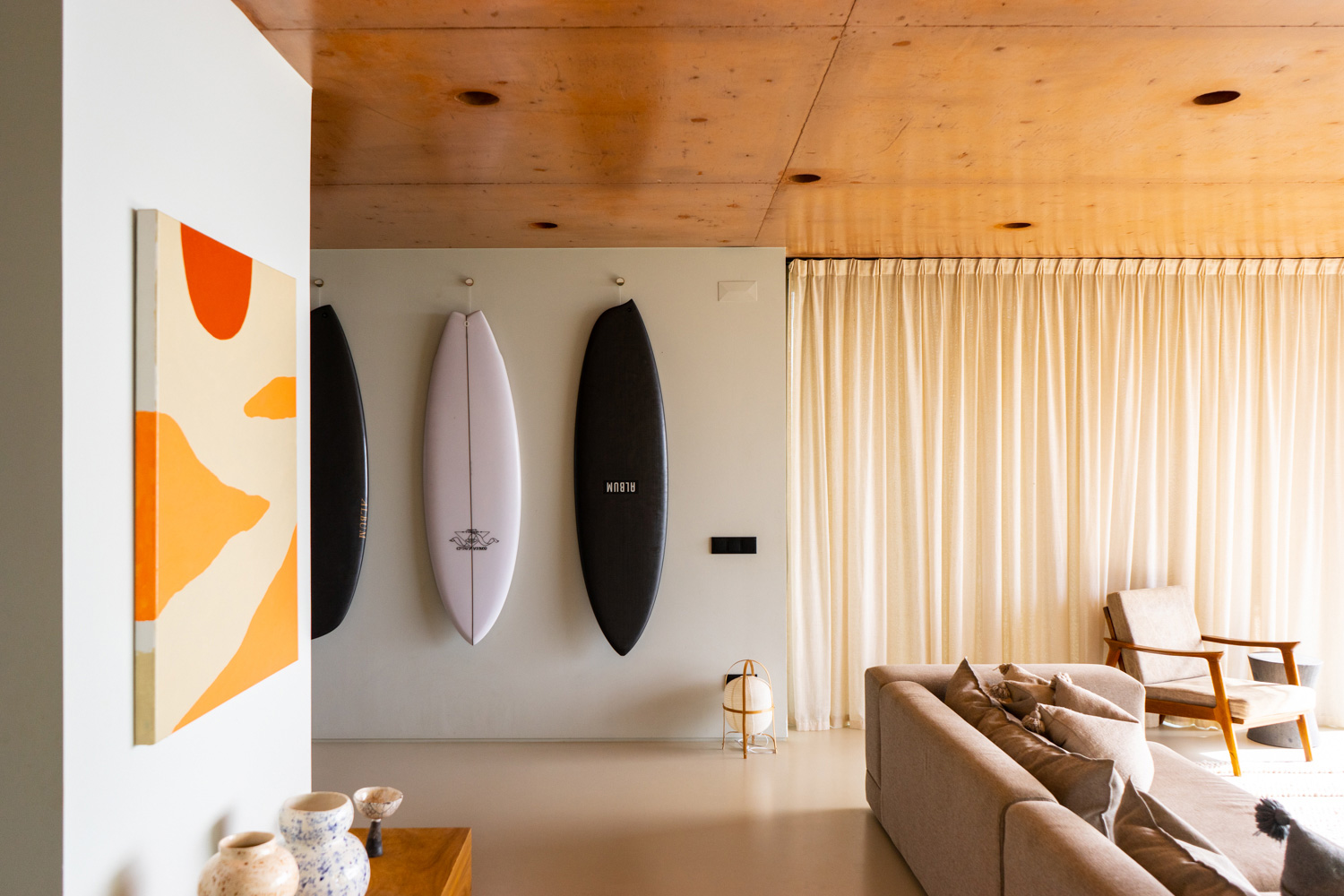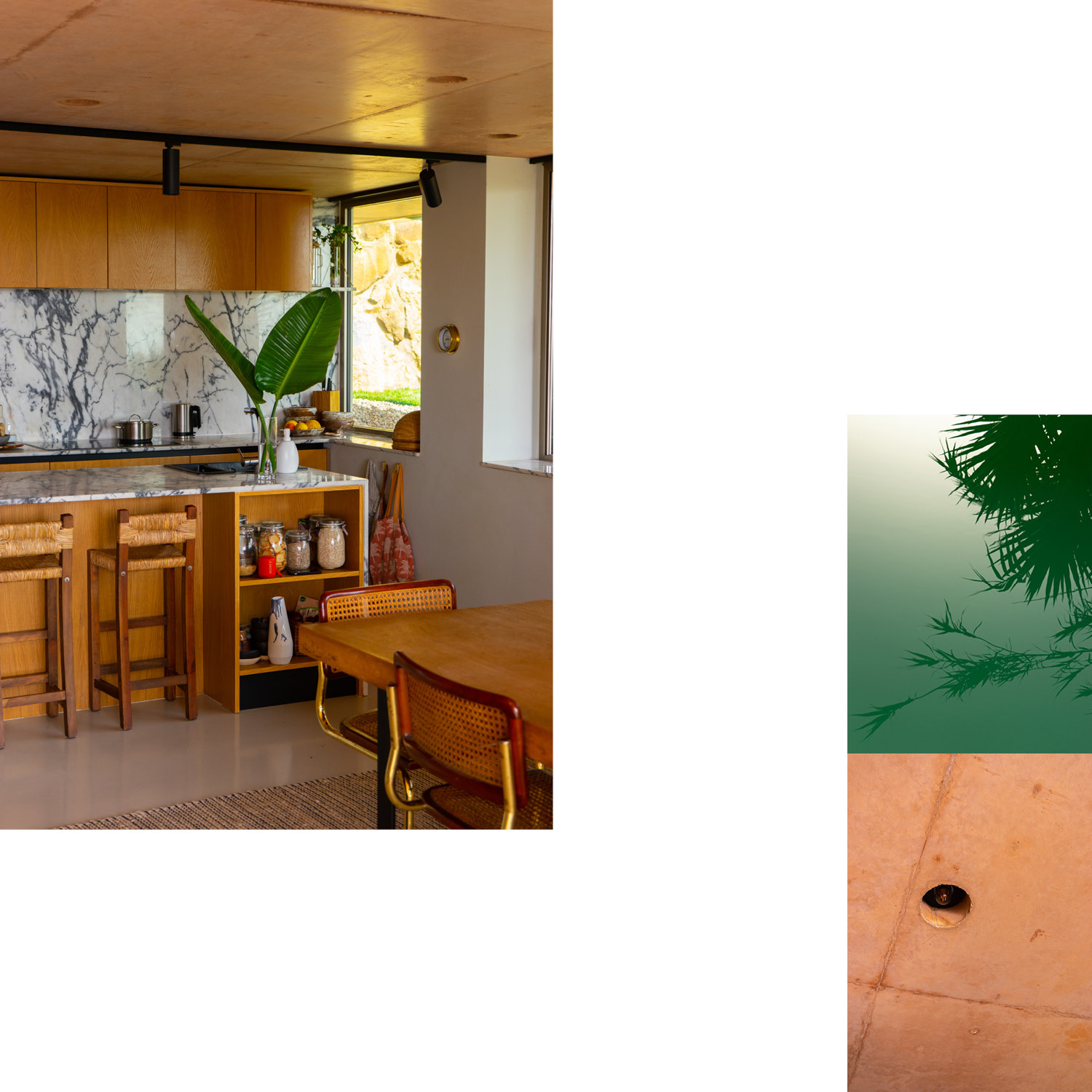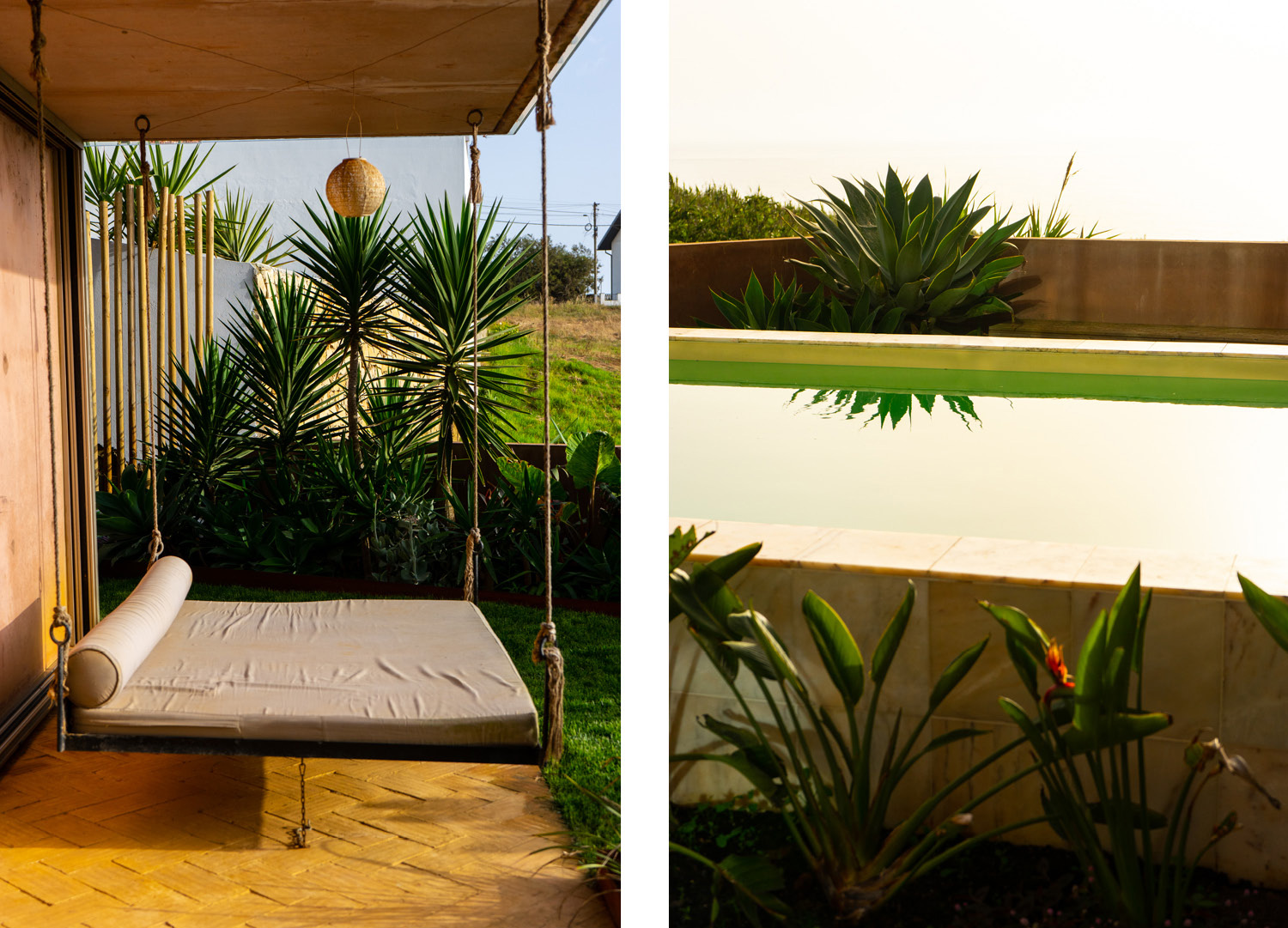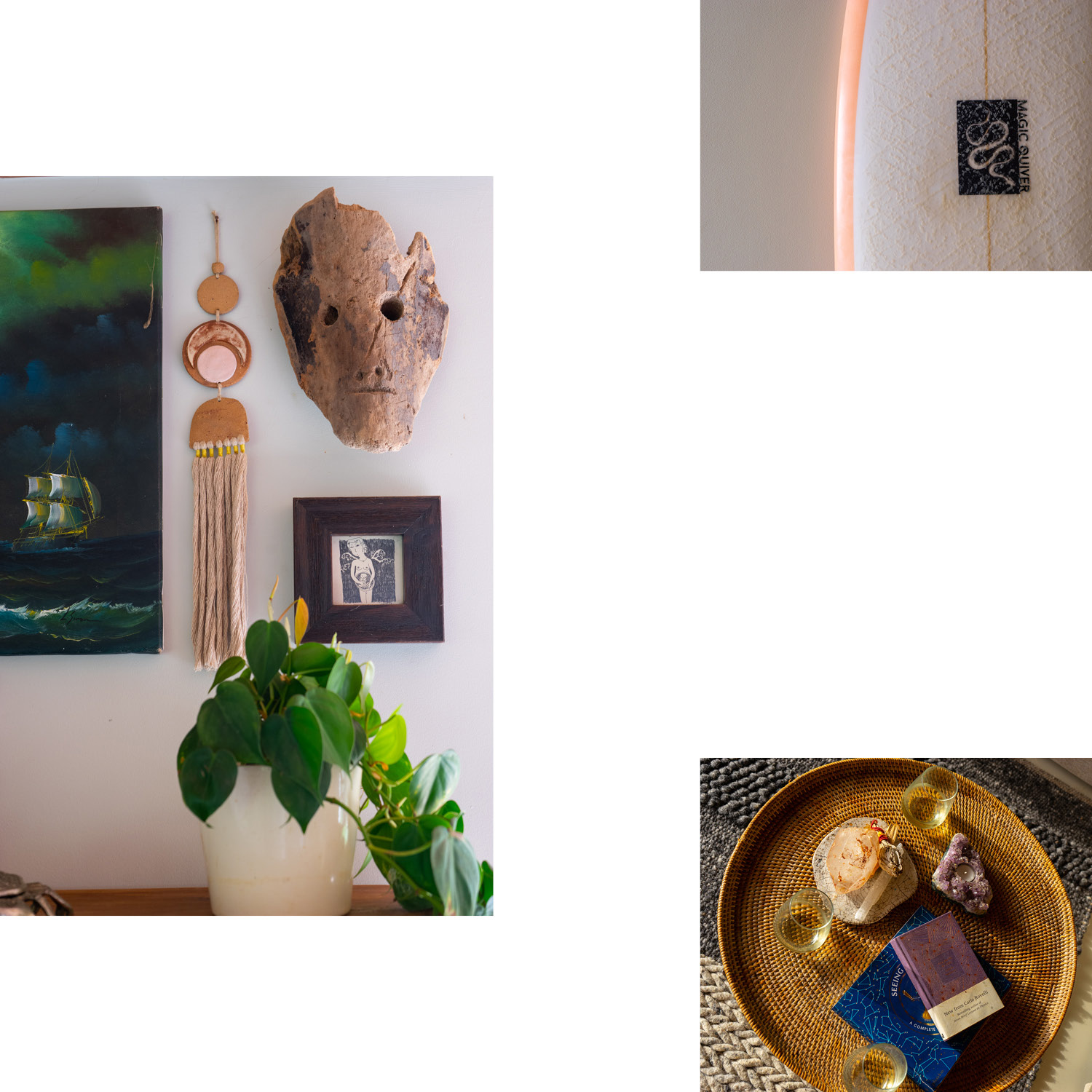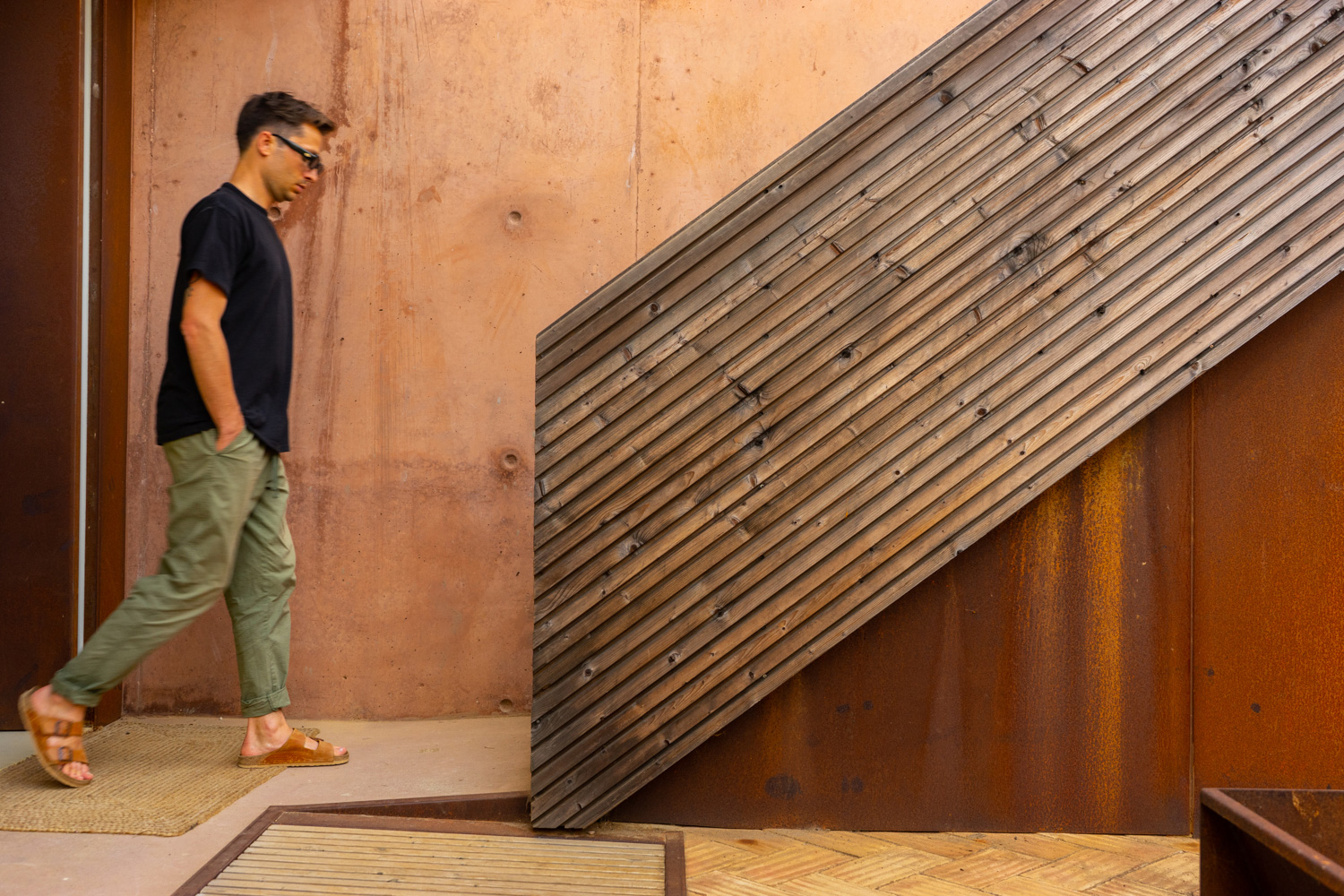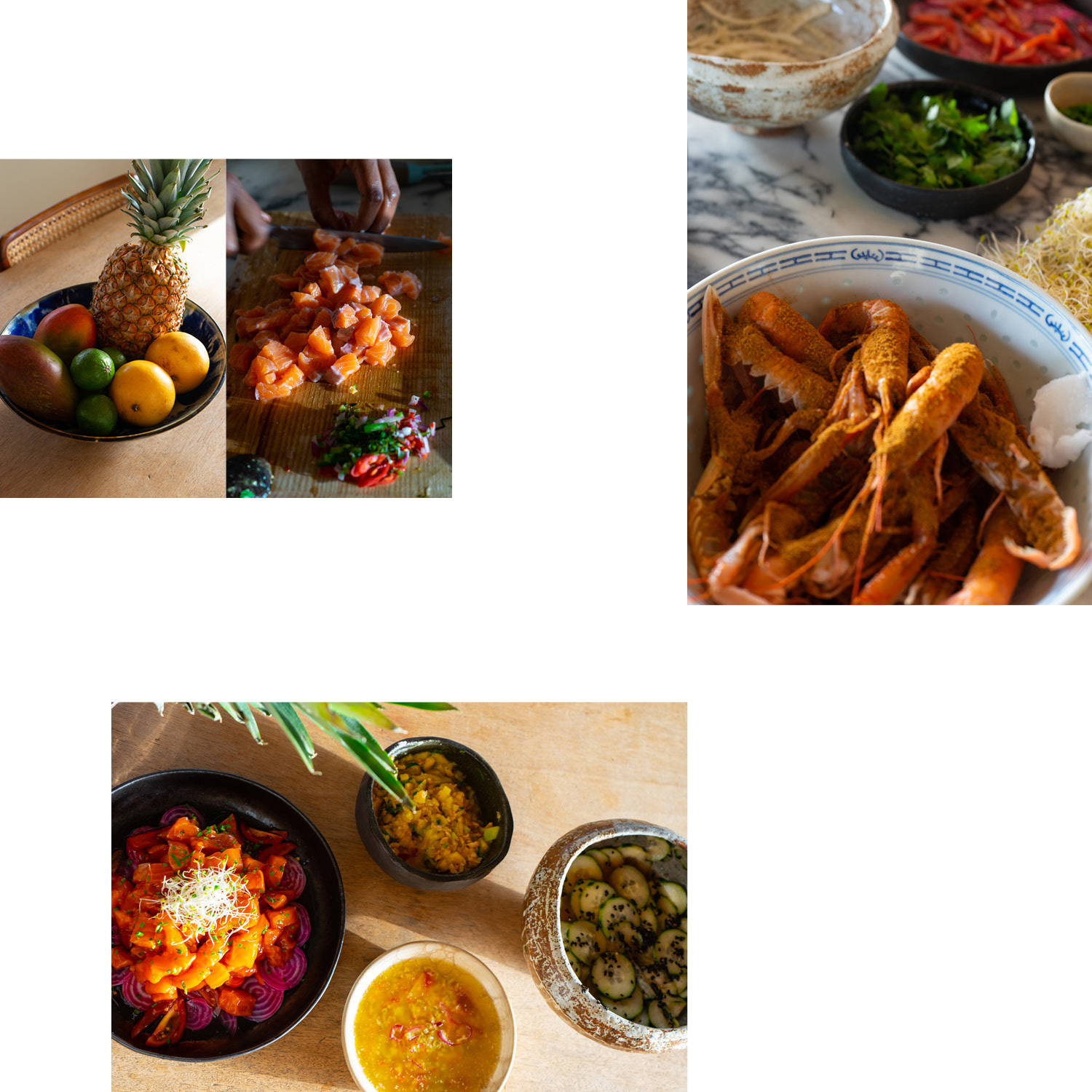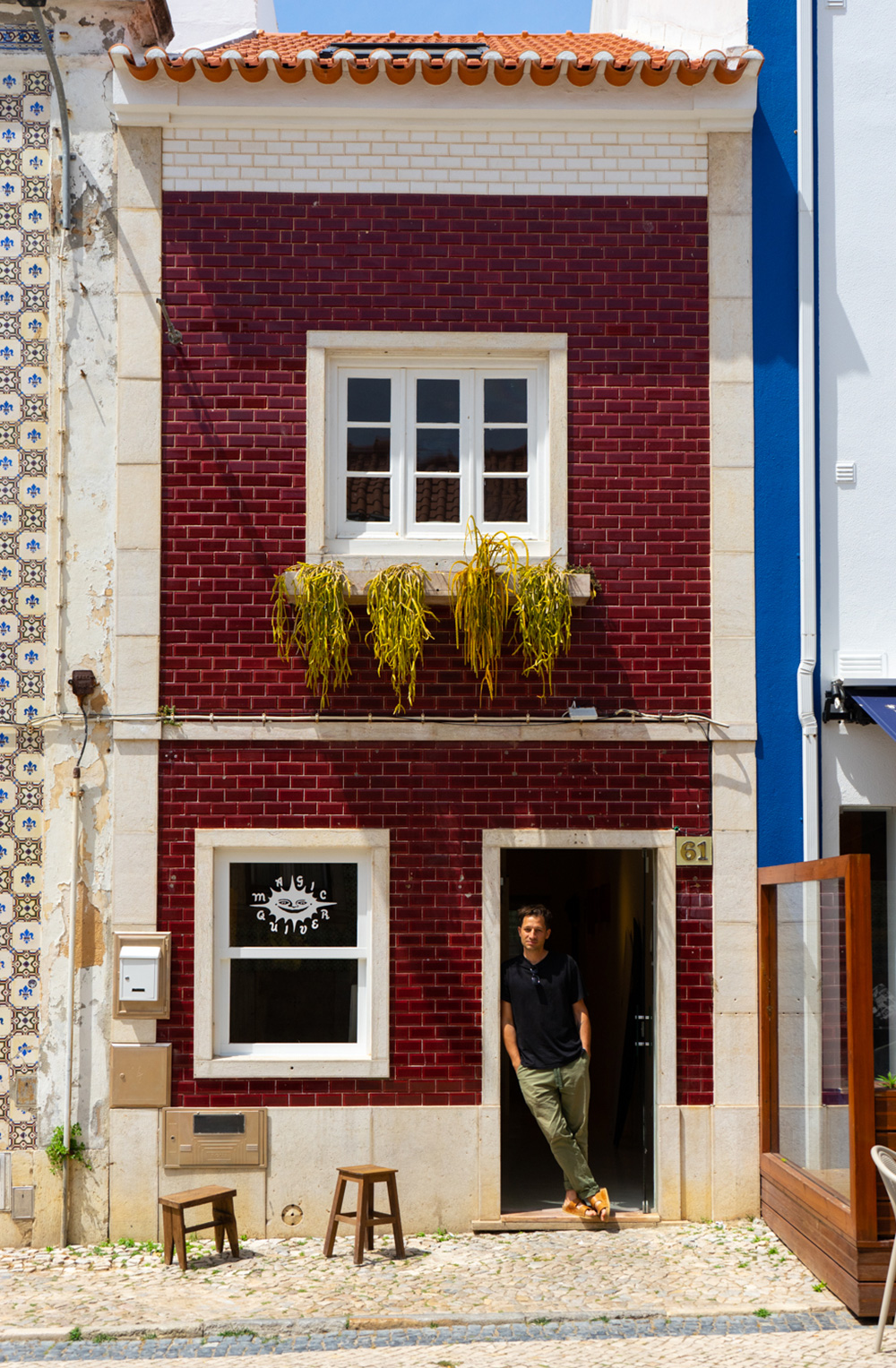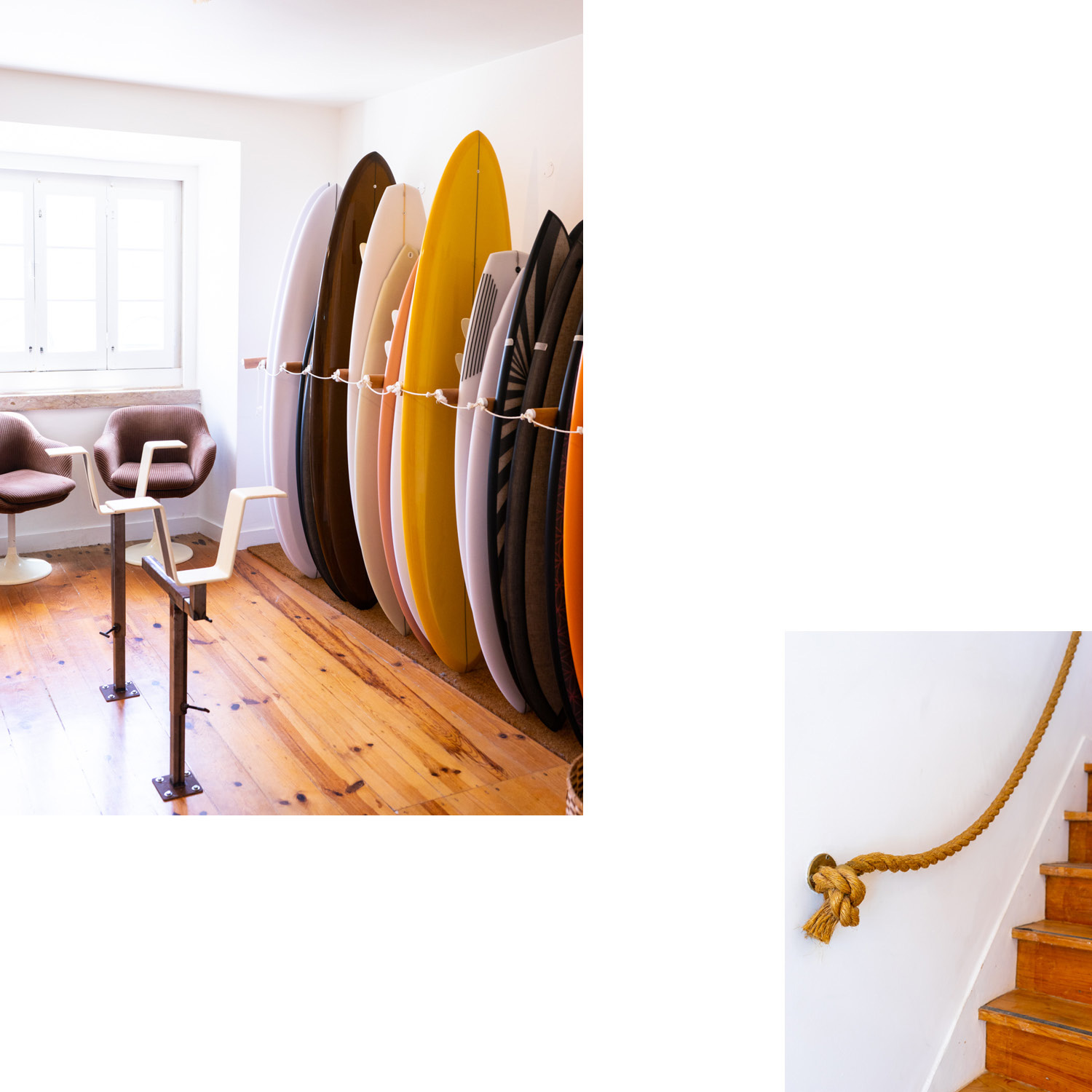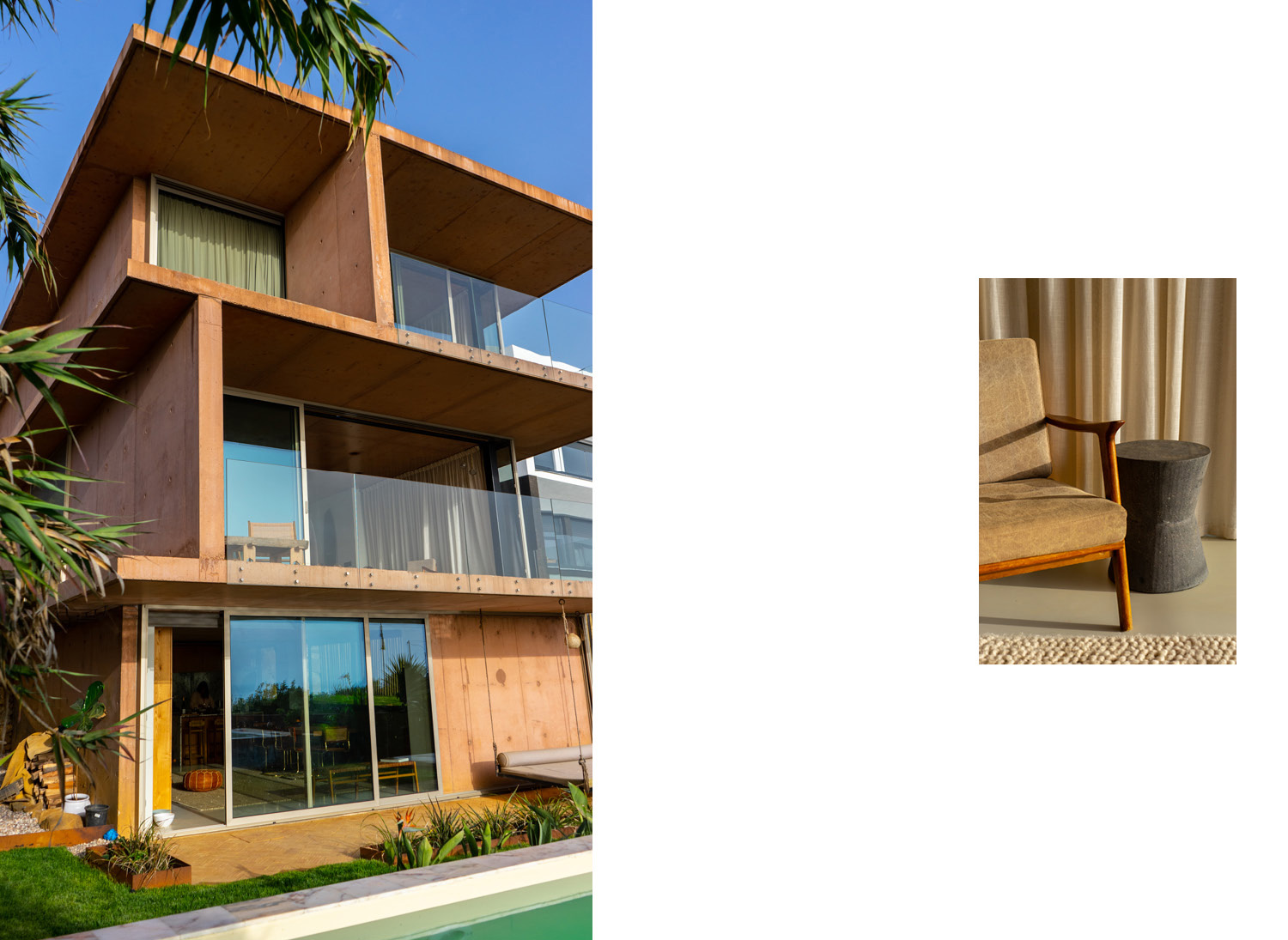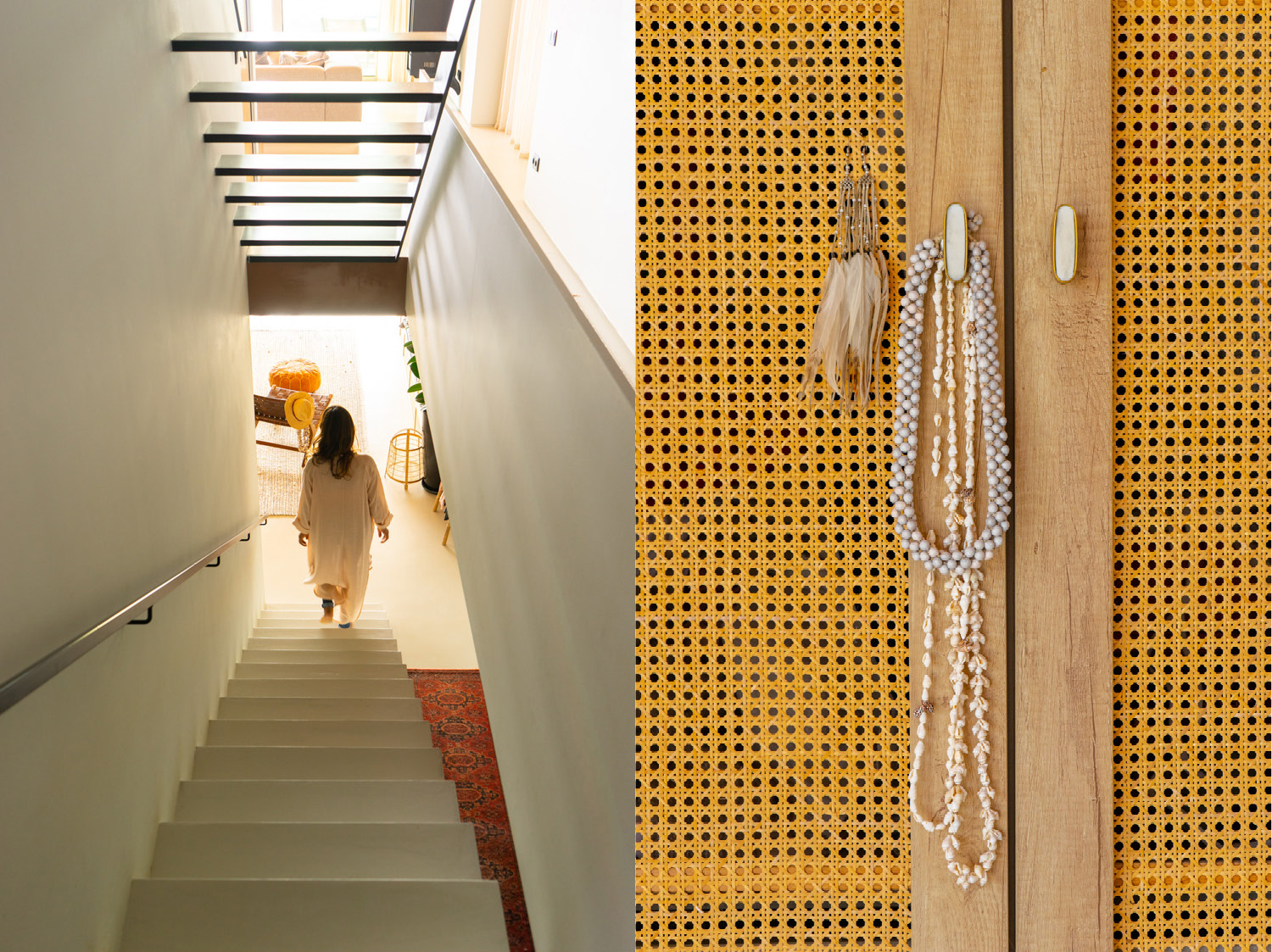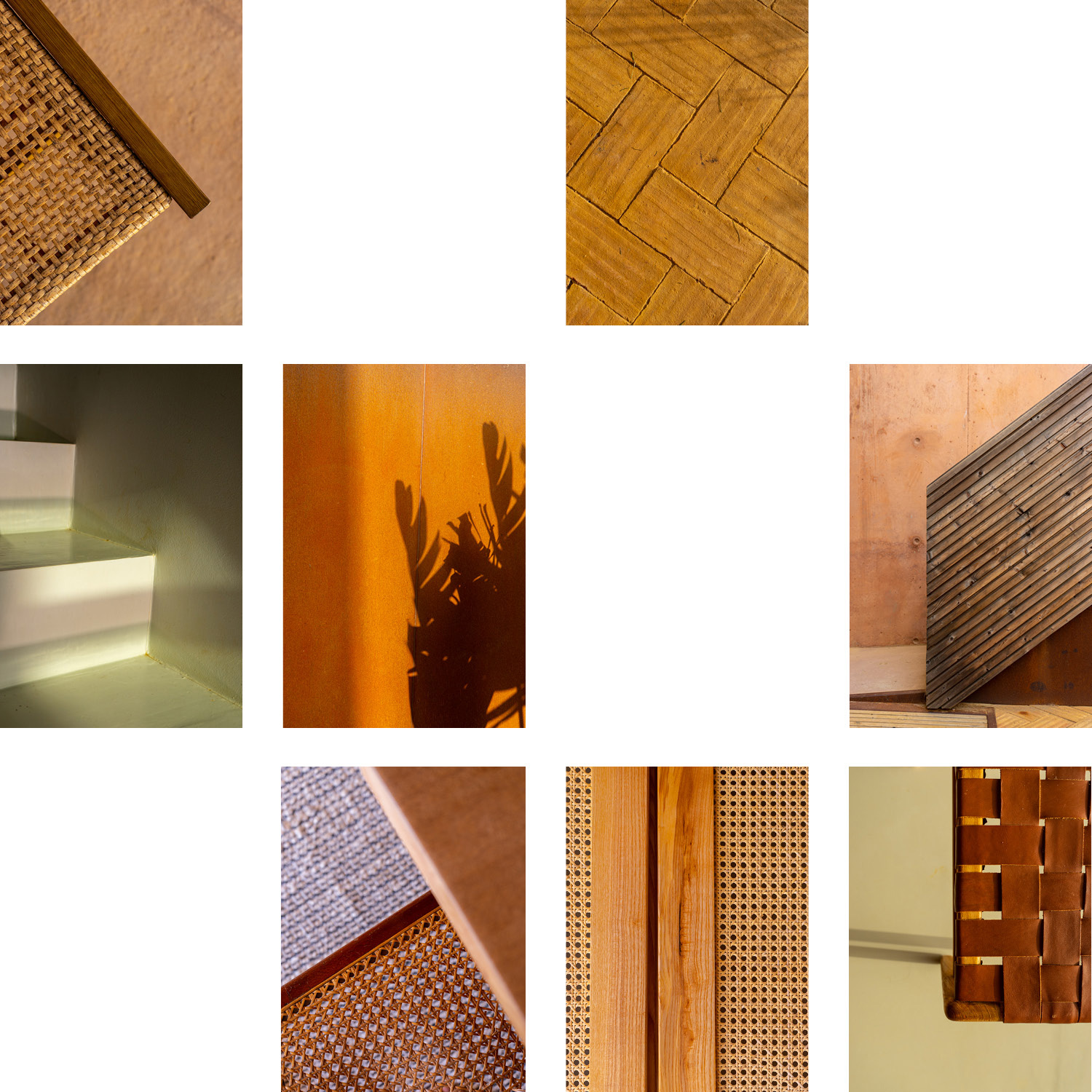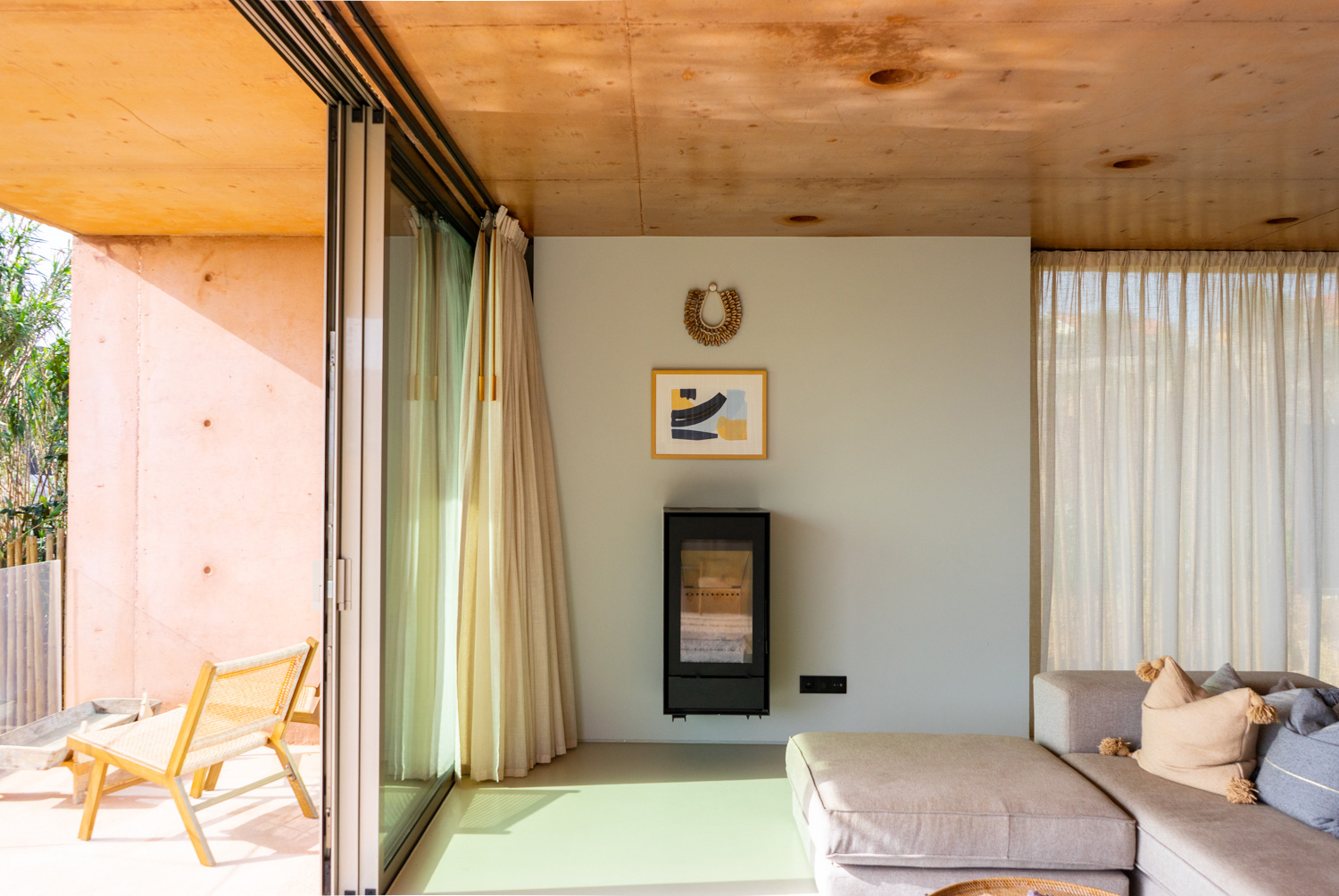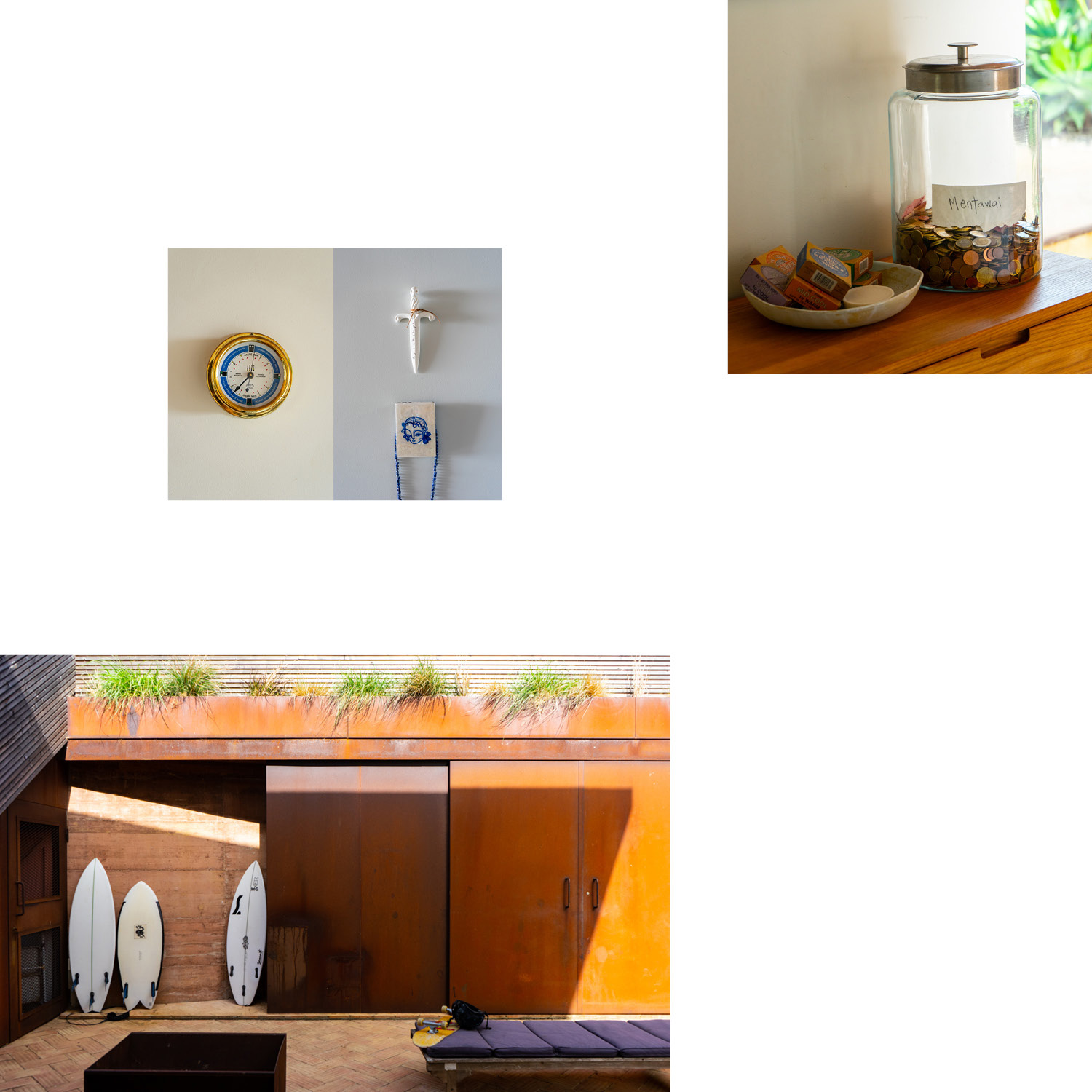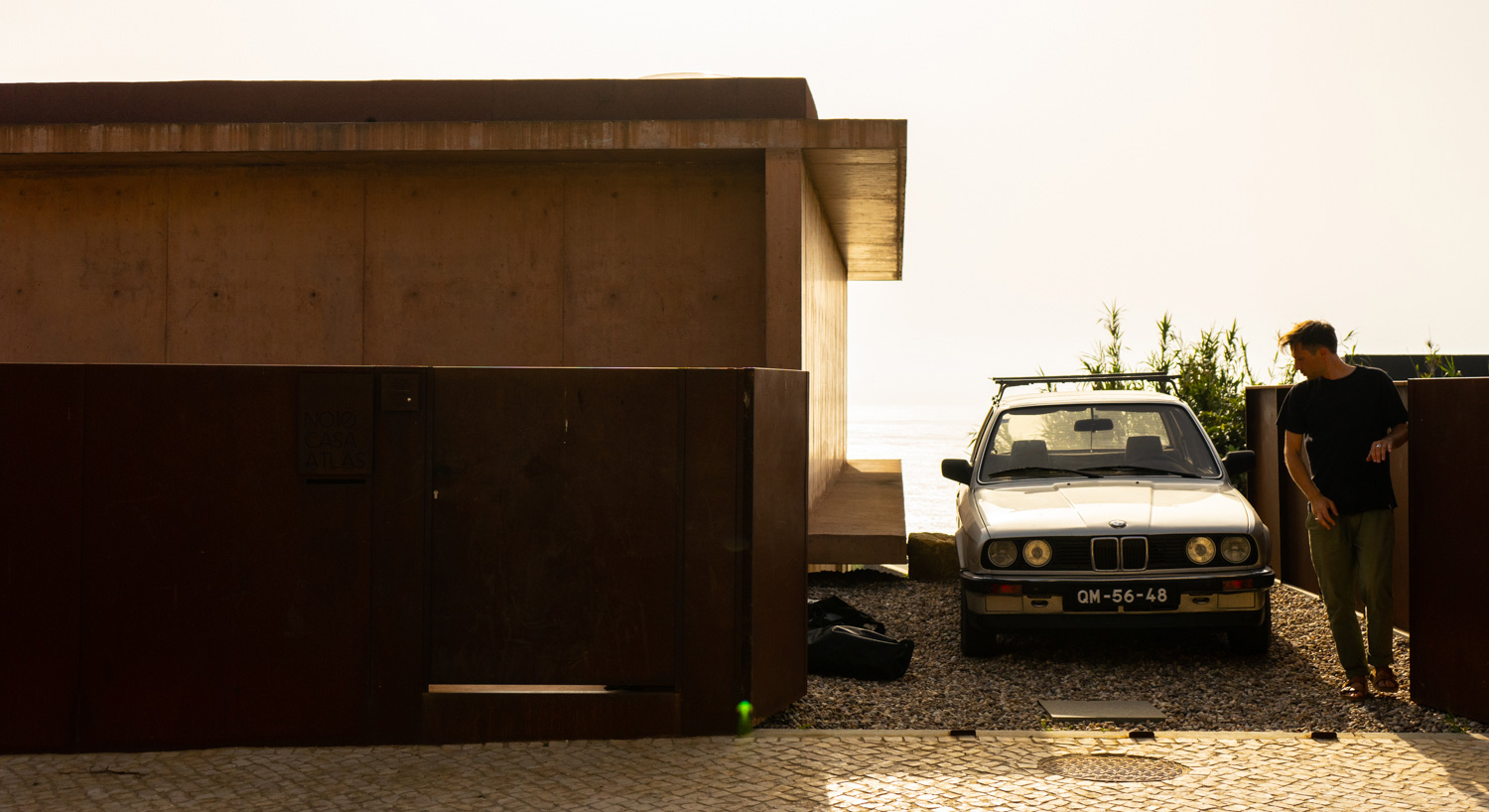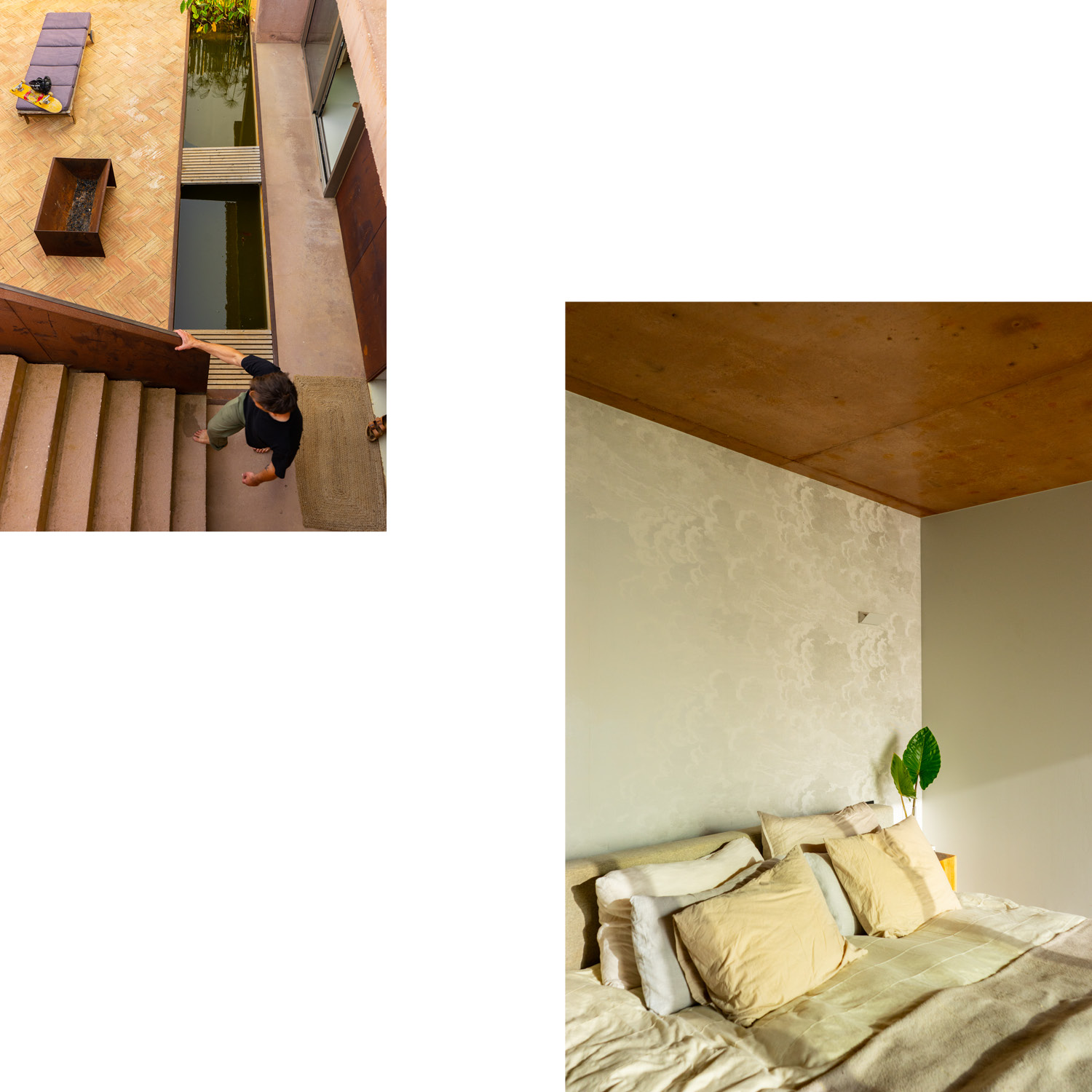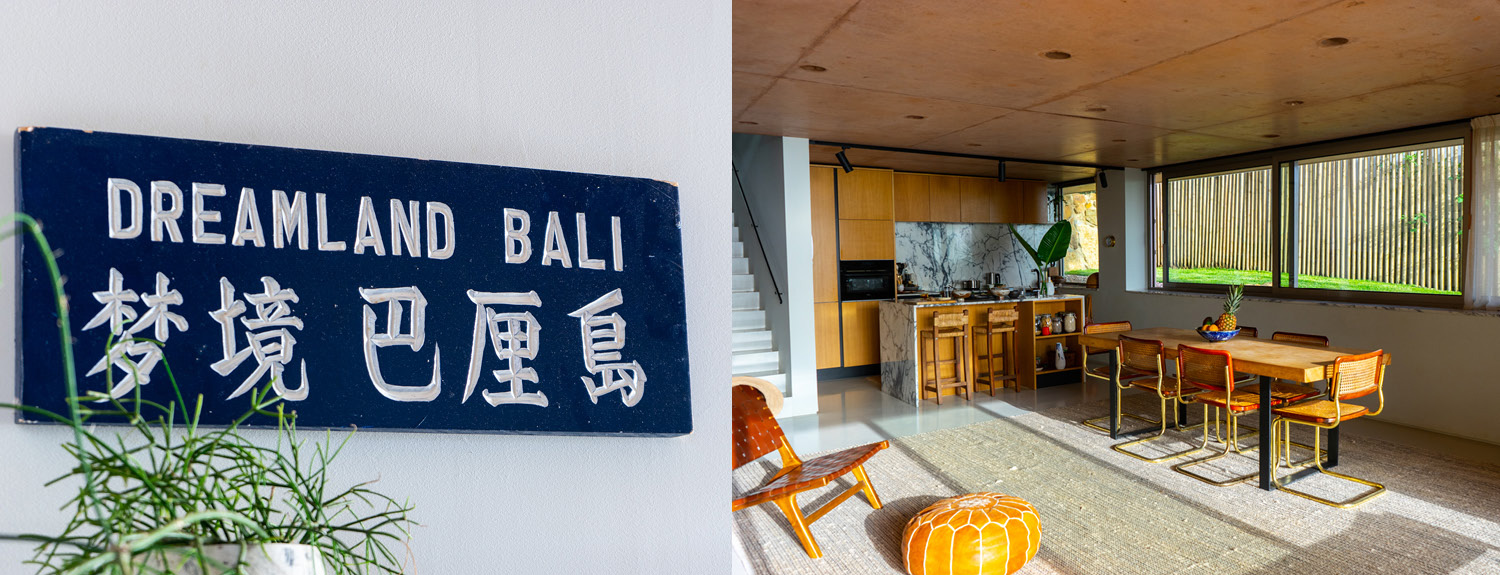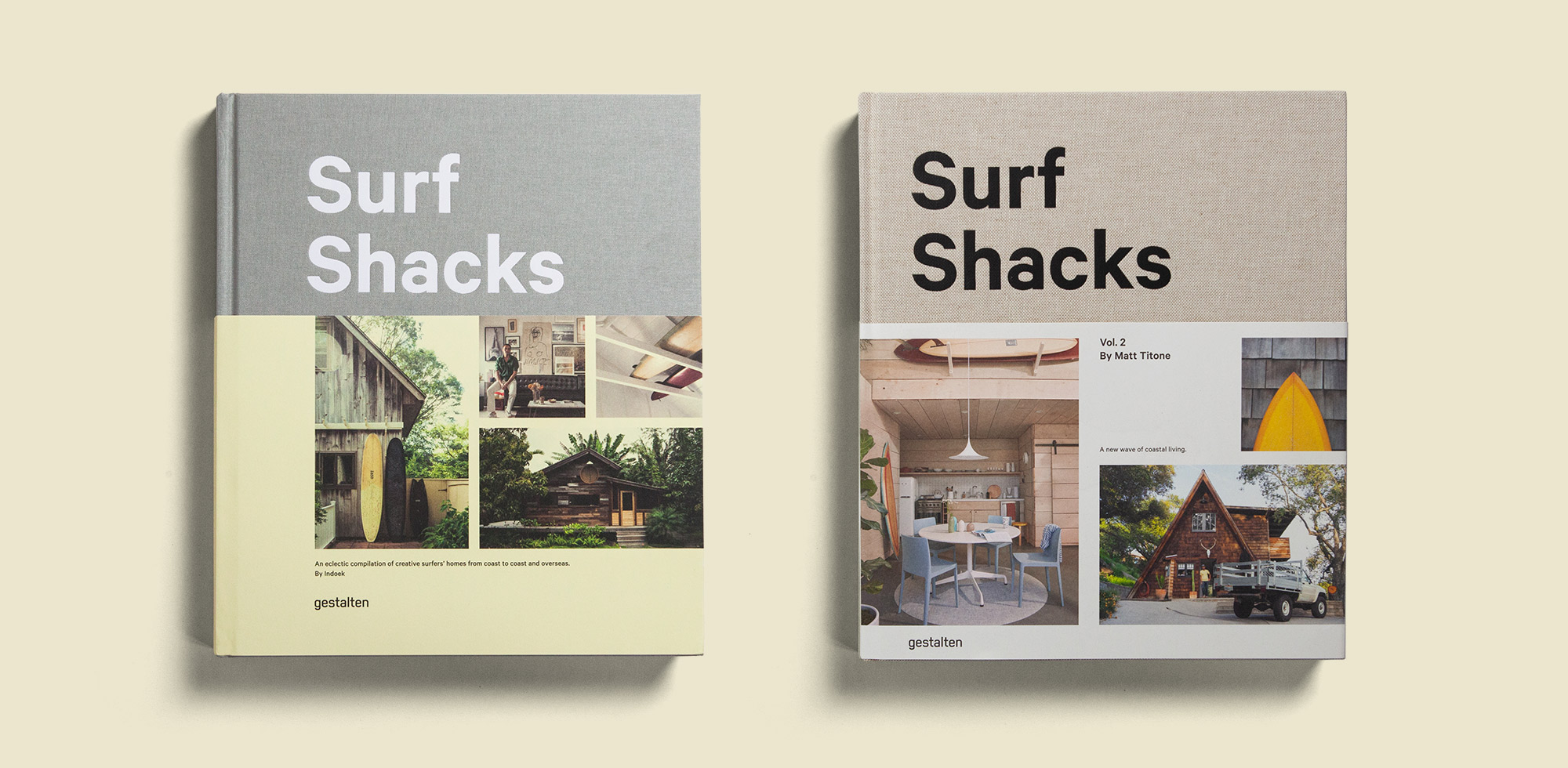Who are you? Tell us a little about yourself.
Petrina: I am sun, moon, sea and light. Born on the Equator, I played in rubber estates among scorpions and pythons, I learnt to swim at the waterfalls, whenever I visited my cousins in the kampung. My family lived in Kuala Lumpur; as a family we were in constant motion, moving, changing, shifting, growing. I am a KLite, from a city in discovery of her identity. A city filled with colours, flavours, chaos of life, amalgamation of religions, the decay of old houses left behind by the British Empire, the beauty of languages. I am from the city where the two muddy tea coloured rivers meet and ancient rainforest trees reside. I grew up learning to cook all kinds of aromatic dishes from my mother and watching and listening as my father managed and built discos and restaurants.
I remember being 5 years old and living in a hotel that my father managed. I remember my mother pregnant with my baby sister and me and my brother riding our shared tricycle through the corridors. Meeting staff daily and fabulous jazz musicians, locals and internationals that graced the jazz bar downstairs; I had grown ups as friends. This shaped my interest in spaces, music and lives I think, behind the veil, the in between tales, the sense of escape that comes with a hotel and holiday. I am just me… rambling through this life.
Mario: I was born and raised in a small village in the south-west of Germany, surrounded by nature, friends and animals. Most of my childhood memories are related to the outdoors. Playing in the forest, in the stream and pond, in the fields, in the snow. The whole day, until I heard my fathers piercing whistle in the distance and I knew it was time to come home for dinner. From a young age I was fascinated by warm waters, sunshine on my skin, the sandy beach and any kind of travelling adventure. Probably my parents, who took every opportunity to travel around Europe in an old Westfalia VW T2 and later in a RV, instilled this feeling in me. There was a lot of motorbikes, camping, hiking, skiing and other adventures near and far. In German there is a word for the feeling those adventures instilled in me: Fernweh.
That feeling was and is a big defining factor in my life. It brought me to a lot of far-away places and made me go out of my comfort zone on countless occasions. It brought me to Bali where I met Petrina, to Kuala Lumpur where we lived and our kids were born and eventually to Portugal where we built a home.
Travelling and experiencing new places means everything to me. It’s where I finally become comfortable with myself and my surroundings even if they are uncomfortable.
What do you do for a living?
Petrina: Many suns ago I used to sit under coconut trees in the morning, swim with Sea Turtles at lunch time, eat mangoes all day and bask under a moonlit beach. Nowadays, I design spaces, paint, dabble in ceramics, make garments, cook with curiosity, question my place in the Universe and drink great Portuguese wines. Escapism has always been a theme throughout my work. When we moved to Ericeira, I was trying to stay home with the kids (It was my time to finally be free to paint and draw). But as months passed, I grew restless, realised funds were depleting and started working on our first holiday rental. There wasn’t any design focused accommodation back then. I believe we were the first in Ericeira. We started with one, slowly we expanded to 7 different locations in the heart of the village. It wasn’t economical in the long run, so we consolidated and opened a Bed and Breakfast, coupled with a cafe & later an oyster bar, while running Magic Quiver parallel.
I started a foundation in Arts and Design at a Parsons NYC outpost in Kuala Lumpur at 17. I was going to focus on fine arts, then the Asian Economic crisis hit and my college funds were lost in the stock exchange crash. Instead, I opted for a practical route of Communication Design (training to eventually be an Art Director) I started working in design at 18, posters, flyers, graphics for live news… basics. Studying the whole time in KL, NYC and Halifax. Design was always a part of me and continues to be. Now I focus on tangible and intangible spaces. I thrive in the flatness of 2D, and love the idea of negative and positive space. Forget the foreground, middle ground and background! I took this mantra into spaces. Creating mood and atmosphere, guiding the spirit of a person through a space that you created is euphoric. This is my playground. I used to design Bars, Clubs and Restaurants in South East Asia. Now being in Ericeira my focus has shifted to holiday homes & villas, the occasional small hotel here and there. The way we live is a guide to how I design and create a space. I’d love to design for a monastery or an asylum.
Mario: I run Magic Quiver and some holiday rentals on the side. Besides that I do sales agency work and consulting for surf adjacent brands that have interest in the European market. Doing this for 10 years now gives me a valuable perspective I can share with brands. I’m always full of ideas so there’s often other projects I get involved in. I like the business development and brand building side of things the most.
